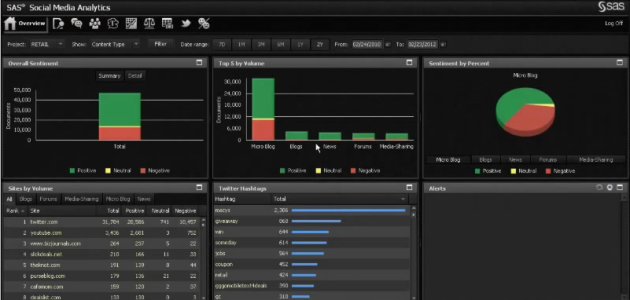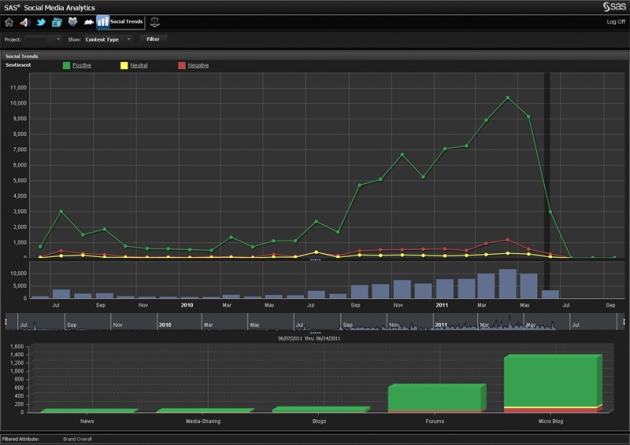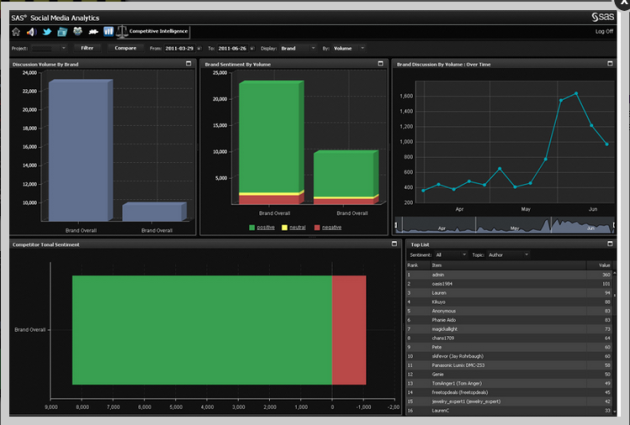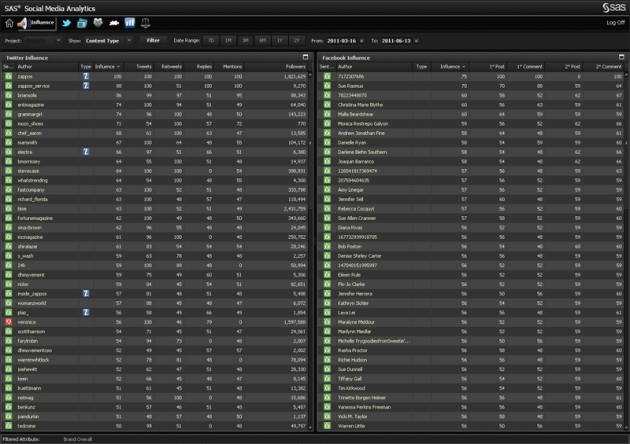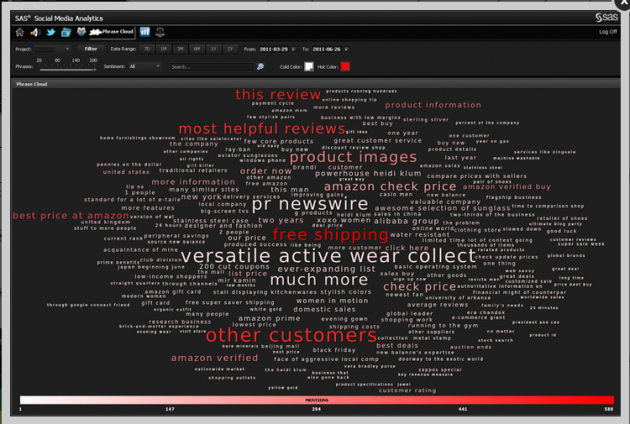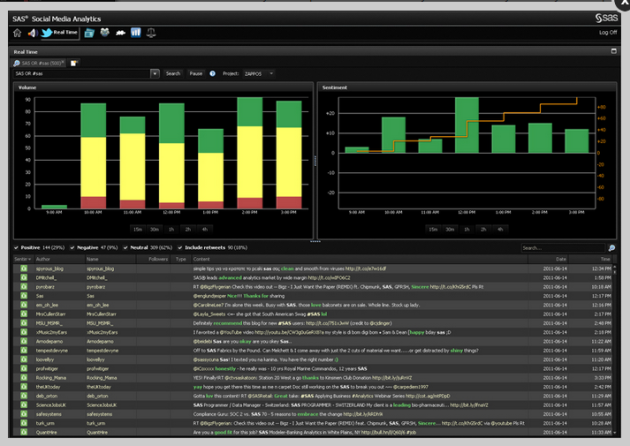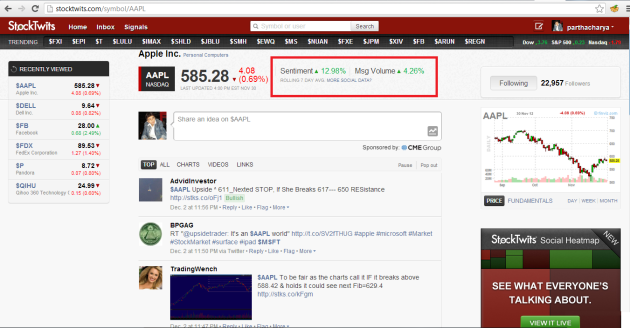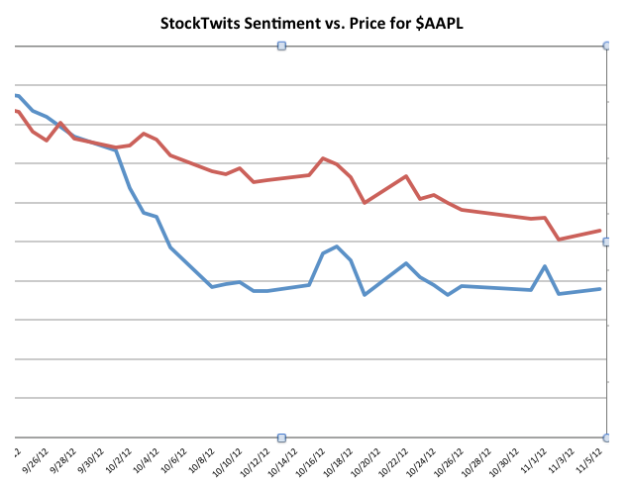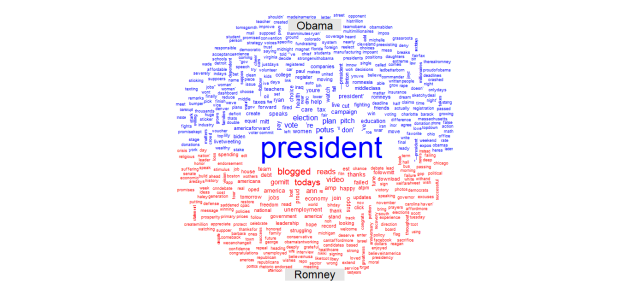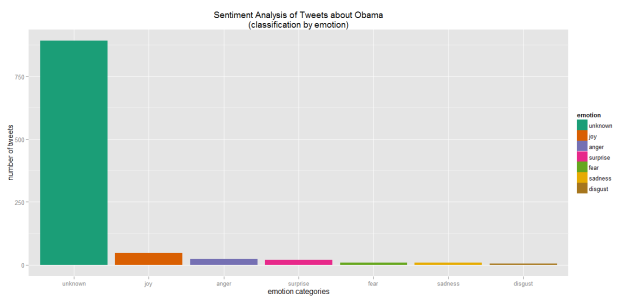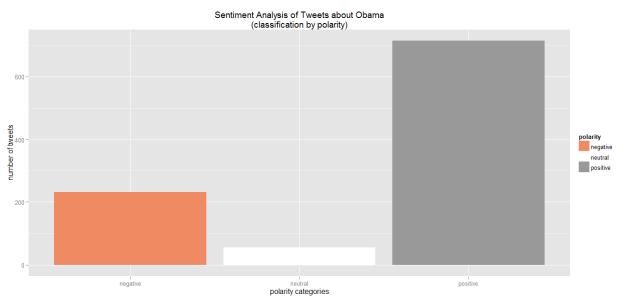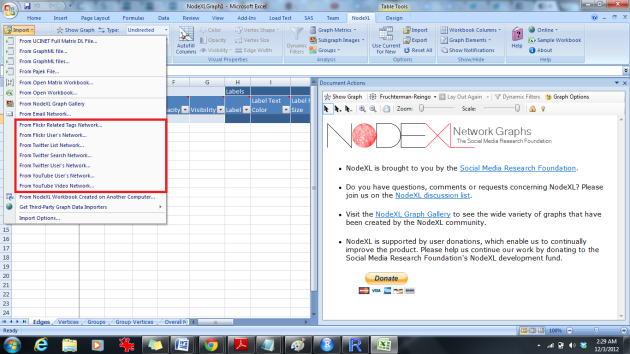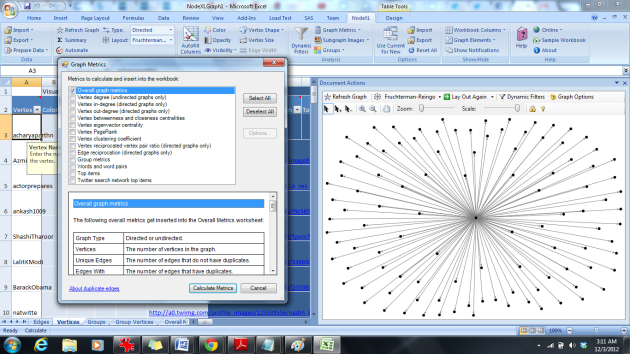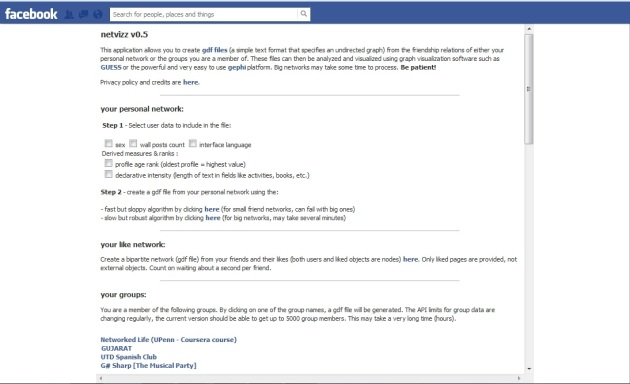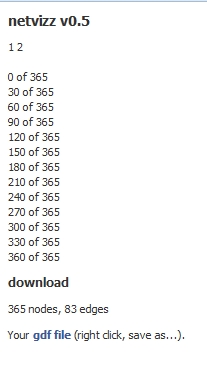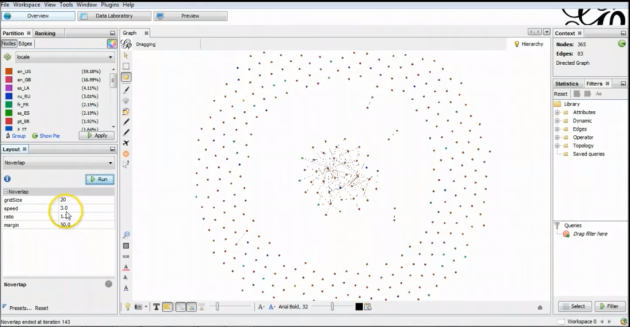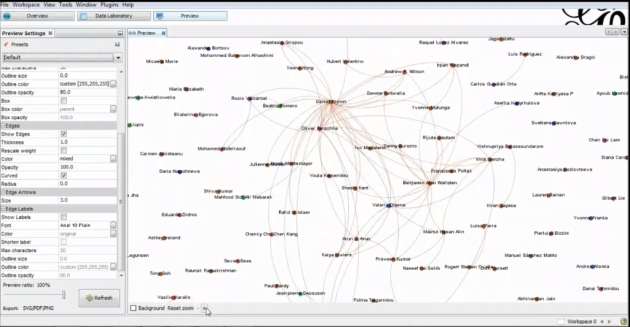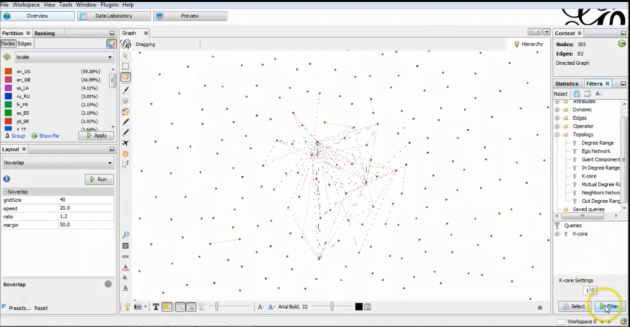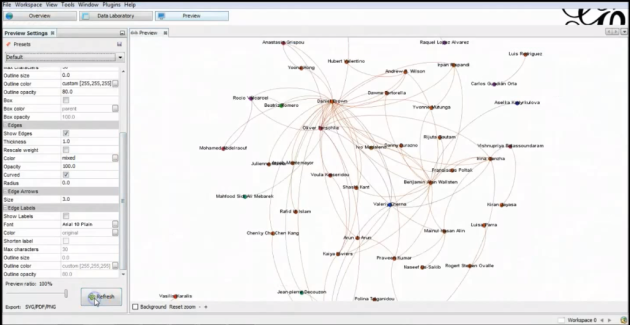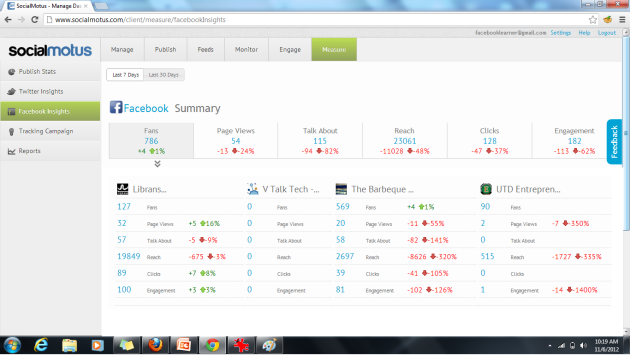Six Social Media Analytics Technologies You Should Know About
January 13, 2013 7 Comments
With this blog, we will discuss a few important technologies that’s being used to analyse Social Data. If we generalize the tools, they can be categorized in two parts: Open source and the ones that’s commercially available.
Following is a brief on few of the important technologies in the Social Media Analytics domain:
Social Media Analytics by SAS
So, the first thing we would be introducing is the dashboard of the SAS SMA and then we will explore its capabilities.
The dashboard consists of following rich social media analysis modules:
- Overall Sentiment
- Social Sites by Volume
- Twitter Hashtag volume
Let’s discuss each of these modules and how it helps Businesses.
Overall Sentiment:
The ‘overall sentiment’ feature in SAS here will offer the analyst a real time analysis of sentiment for that business- based on the interactions happening on their social media identity (Facebook Page, Twitter, YouTube channel etc.)
Technology:
A simple way to do sentiment analysis is to have a lexicon of positive and negative terms; and then differentiate statements (for social media- Facebook comments, tweets, YouTube comments) based on the terms they consist of and classify them as positive or negative statement.
Social sites by volume:
This feature of SAS SMA offers your business an insight about the traffic on all your social media identities.
Technology:
Once you decide to manage your social media using SAS SMA tool, the tool asks you to register your social media identities for analysis purposes. As soon as SAS SMA gets your social identities in its system, it starts tracking the traffic on your social media platforms.
Twitter Hashtag Volume:
It also includes a feature that shows the real time volume of the hash tag initiated by the businesses social media campaigns.
Technology:
SAS SMA basically does text mining based on the term used as your hashtag. And based on all the public tweets with that hashtag, SMA will analyze and display the volume of that hashtag.
Along with these 3 features, following are the key entities of the SAS SMA tool:
Competitors:
It is very important for your business to know your competitors. Sometimes, it becomes really critical when you face intense competition from your rival companies on the social media.
In such cases, SAS SMA offers an incredible solution. Along with detailed analysis on your social campaigns, it also provides you with all the information about your rivals activities on social media.
Influential Authors:
“Managing social media campaigns is all about influencing the friends of your fans.”
It becomes essential to know what part of your fans have the most influential social identity on sites like Facebook and Twitter. SAS SMA identifies such active users based on its analysis. It basically finds people who tweet a lot about your business/brand/product and people who react the most to your Facebook posts. Depending on the SAS SMA’s results with this feature, you can decide and take actions having this special cluster of people’s information in mind.
Phrase Clouds:
Phrase Cloud is a simple way of visualizing your social data. It, as a result, provides you with the terms/words/phrases being used on/for your social identity. It clusters and divides the terms/words/phrases based on the topic and the size of the terms is based on the volume of those terms being used.
Real time tweets- sentiment and velocity of live events:
SAS SMA gives you a real time graph of the tweets/posts displaying the sentiment and velocity of live events.
A classic example where this tool is used is seen during the election hours or major sports seasons when your fans/followers are continuously tweeting/posting about that particular live event.
—
At this point, let us also take a look at a unique social site within the stock market domain.
www.stocktwits.com – It can be best described as the twitter for Wall Street. It actually replaces Twitter when users want to talk about stocks and the role of different companies in the stock market.
—
R
By definition, R is an open source programming language and software environment for statistical computing and graphics. R language is widely used among statisticians and data miners for developing statistical software and data analysis.
We will now discuss how R is used for social analytics.
With R programming language, programmers can develop different packages for all different applications. For an application in which user wants to analyze text or to be precise, analyze tweets, there are certain packages available in R that makes it possible.
One of the widely used package of R is ‘TwitteR’. It provides an interface to the Twitter web API. Once the TwitteR package fetches all the required public tweets from Twitter, packages like ‘RCurl’ and ‘rjson’ makes it possible for us to do text analysis. We can also remove stop words using R programming language.
There is also a package available called ‘smalltm’ which is exclusively used for text mining.
With certain packages like ‘ggplot2’ available to the user, the R programming language can also be used as a data visualization tool quite efficiently.
Below are few results of instructions I followed from this site to analyse US Presidential election using tweets:
—
NodeXL
NodeXL is a free open source template for MS Excel 2007 and 2010 that makes it easy to explore network graphs.
It’s a product of an initiative taken by Social Media Research Foundation. It has become an essential tool for social media data visualization.
Using NodeXL, one can import Flickr, Twitter and Youtube data as shown in the figure below.
One can also group/cluster the nodes in the graph based on different categories. It becomes one of the key features when we want to find outliers.
There is also an option to initiate different graph metrics as shown in the above image.
Social Media Research Foundation also has an online community on which NodeXL users share interesting network graphs for other users to see. One can also download those graphs as a NodeXL file and do experiments with them.
NodeXL also consists of powerful dynamic filters for efficient analysis.
—
NetVizz and Gephi – A Powerful Combination
Ever wondered how your Facebook Friend-list would look like visually? Who is connected to whom? What are the things they ‘like’ in common? Or if you are running a business, have you ever been thinking hard about your social media strategy?
If your answer is yes to any of this question, here is a post you would be interested in!
Gephi is tool for data visualization which creates a visual image of a user’s Facebook data from a particular perspective.
The main concern here is to create a dataset for analysis. That is where NetVizz comes in to the picture. NetVizz is a Facebook application that can be easily found by doing a search on Facebook.
What can NetVizz help us to achieve?
It can help us to get a dataset of:
1. User’s personal network
2. User’s ‘Like’ network (Page’s Like Network)
3. User’s group network
NetVizz
In the above example, “Networked Life” group (which is a group consisting people who is taking that class on Coursera) was used. The group has 365 people (read: nodes) and they all are from different background and countries. So it would be interesting play with its dataset.
Once a Facebook group (network) has been selected, Netvizz will start doing its job. The process takes a few minutes to several minutes depending on the number of people in the group (size of the network). Once Netvizz is done, download the Gephi file (illustrated in the pic).
Gephi
Using the Facebook dataset downloaded via NetVizz, Gephi can help us visualizing our Facebook network. The figure below is the visualization of one of the Facebook groups called “Social Networks Analysis”.
As you can see in the snapshot, there are multiple options and features available in Gephi which help us in visualizing the data in the best possible way. It has all the features that NodeXL carries but with better GUI and its independence from MS Excel makes it a better tool.
This visualization displays people within the Facebook group “Social Network Analysis” differentiated by their Nationality shown with different colors. As one can see it also displays who is connected with whom through edges between the nodes.
The Preview feature of the tool will show a detailed graph with edges connecting various nodes as shown in the figure below.
The following figure shows how powerful Gephi is when it comes to filtering the data. One can run different types of queries in order to visualize the required filtered network graph.
Here is a preview of the filtered network graph.
For a detailed video on how to carry out Social Network Analysis using Gephi, check out this blog:
—
PowerPivot – Analytics for Twitter
An excellent blog on this tool is here:
http://parasdoshi.com/2012/11/13/a-social-media-analytics-sample-dashboard-in-excel-powered-by-powerpivot/
—
Web based Social Analytics Tools
With the birth of Social Media Analytics, many web based applications came into the market offering social media solutions.
I have been able to use the trial version of one of the many available tools to us.
SocialMotus
SocialMotus is a Social Media Management and Monitoring Tool for Business. It allows users to manage your Facebook and Twitter pages/accounts. An advantage of this tool is that it allows multiple team members to access the data efficiently.
It helps discover targeted leads and track priority messages for efficient support.
The above snapshot displays the statistics of a user’s Facebook pages.
SocialMotus displays statistics on all the posts that the user has posted on Facebook/Twitter.
Twitter Insight: This reports statistics on volume and various tweets on the twitter account.
Tracking campaign: This feature tracks the success rate & analysis of a campaign being run by the user/business.
Reports: This feature displays report on historical and current run time data.
The Publish section allows the user to publish a post/tweet on any of his Facebook/Twitter account attached to SocialMotus.
The Monitor section allows the user to monitor the inter-customer dialog.
The Engage section provides statistics on the user’s/businesses’ engagements with his fans/followers.
The Measure section contains all the features related to statistics of the accounts.
—
—
